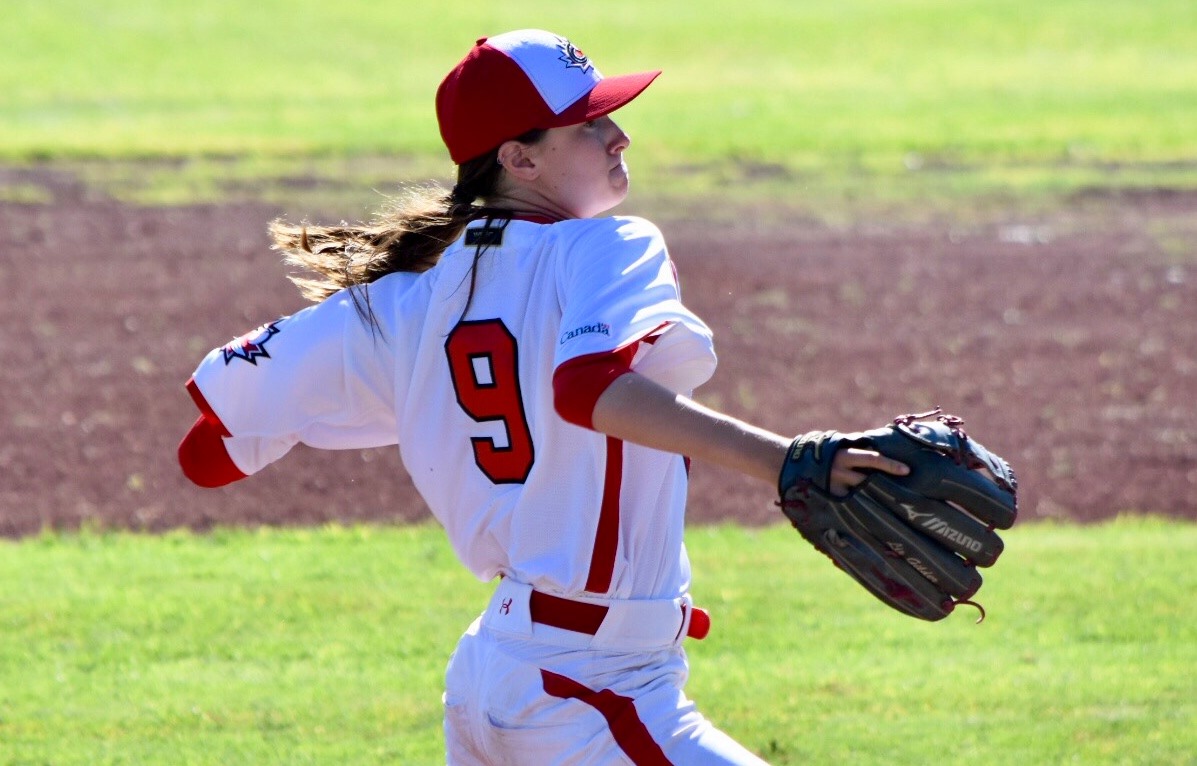
Start, stop, reopen, lockdown, restrictions. Sound familiar? These are all terms that have become part of everyday vernacular over the past 14 months with the Covid-19 pandemic affecting virtually every aspect of our lives.
For young ballplayers, the past 14 months have been anything but normal with seasons and training altered beyond anything we have seen before.
This is no different when considering the offseason that just occurred (or maybe still is occurring?) with indoor facilities forced to close across parts of the country, limits on training group sizes, virtual training and the mental hurdles that athletes have been forced to overcome as a result of Covid-19.
In baseball, when it comes to young pitchers and a normal offseason routine, including fitness and throwing programs, these elements have been hard to come by in terms of building up a body in preparation for the coming season.
With that in mind, we chatted with former professional pitcher and Baseball Canada’s 2020 Coach Developer of the Year Award winner Anthony Pluta to discuss 3 Tips for Coaches when it comes to caring for their young pitchers this season.
COMMUNICATION
Pluta believes one of if not the most important aspect of coaching is learning to communicate with your athletes. This tool becomes even more important with young pitchers who may not have had the opportunity to properly execute an appropriate offseason program for their throwing arm.
“As a coach you need to find out how your players feel, and then help them based on the information that you received,” said Pluta. “Some players might need a bit more guidance, and they could be afraid to ask for it.
“As a coach you should be there asking what they need and how you can help with that.”
It’s more important than ever to check in with your athletes before, during and after their performance. Implementing a monitoring program could be a nice, informal way of checking in with your athletes throughout the season.
IMPLEMENTING LIMITS
Pluta has always been a firm believer in the idea of not limiting pitchers to a set number of throws per day, but instead he buys into the idea of the coach and the player deciding upon an approved time limit per day to get their throws in during training.
“For me as an athlete and a pitcher, when I needed to throw, I could’ve had a set number of total throws, but if I felt like I needed more, or maybe my arm was hurting and I didn’t want to make a lot of throws,” he explained. “For me as a player, I felt it was more beneficial when a coach gave me an amount of time to make all the necessary throws I felt that I needed to make.”
No one knows how the athlete feels better than the athlete themself and by giving pitchers a time frame as opposed to a set number of throws it allows the pitcher to stop when they feel they’ve had enough or continue to throw based on the allotted amount of time given.
RECOVERY
After a long layoff and inconsistent offseason, athletes will be more eager than ever to throw outdoors and in game situations. With this in mind, an even greater emphasis on player-coach communication, usage and recovery should be in place.
Recovery methods and beliefs have changed over time with techniques that pitchers have used for decades becoming more and more obsolete in today’s practices. Pluta believes baseball coaches and athletes must continue to evolve with the sport and educate themselves on the latest research, specifically on how the body recovers after activity.
“What I was taught as an athlete has changed as teams are no longer having players run poles (an activity of running from foul pole - to foul pole) following a pitcher’s performance,” explained Pluta.
His routine following an outing used to be jumping in an ice bath, but new research has suggested that may not be the best approach to optimal recovery.
“An ice bath might be good if you need to perform the next day or the day after, says Pluta, but most of these athletes should have rest days incorporated in between (outings).”
Pluta shares an article by Khyl Orser, an elite coaching member of Speed Mechanics, about why baseball needs to move beyond running poles.
Alternately Pluta would recommend short hard sprints as studies show that short distance running during the season can improve lower body strength.
He also notes that band work before and after a throwing session is still recommended good practise to keep an arm conditioned.
Whether an athlete was able to follow a normal offseason program or was forced to adapt, it’s important as coaches that we look out for their well-being throughout the season.